Chapters
Preliminary 1. Histories of the Book and Literacy Technologies
Preliminary 2. Bibliographical Alterities
2. Writing
3. Literacy in the Ancient World
4. The Middle Ages in the West and East
5. The Invention and Spread of Printing
8. Politics and the Public Sphere
Chapter 2. Writing
Tokens, signs, and writing systems
Prehistory is defined as the era in which no written records exist, in spite of the fact that the rich array of tools, carvings, and other artifacts described in the previous chapter was produced by human beings. The period when writing systems have a direct relationship to language, and provide a continuous record of human events, seems to have begun earliest in the Ancient Near East, in the fourth and third millennia before the Common Era (between five and six thousand years ago). The term proto-writing refers to sign systems that emerged in some indeterminate period between what are considered illiterate and literate cultures, but not necessarily bridging two phases. Literacy, defined as the use of writing, has been a subject of considerable debate in the last half-century, and forms of sign-making do not always “progress” in a linear fashion. Some proto-writing appeared, functioned, and vanished without developing into writing, and in other cases, these experiments with literacy made for receptive ground into which other writing systems could take hold.
Proto-writing is not a universal or necessary stage in the development of writing. It occurs in some cultures and not others, in some regions and moments in time, but it does not happen in every human group. Many questions exist about how widespread and or developed proto-writing systems were, and such questions will always persist because of the scant evidence. For instance, we have no way of knowing whether signs on bark or other perishable materials were developed and vanished without a trace in regions where the climate did not preserve this history. Recently, the evidence we do have has led to increased understanding about the transition from pre-history to the production of continuous written records. The intellectual leaps embodied in systems of proto-writing are significant and demonstrate a uniquely human capacity for conceiving of names, numbers, and representations of things and quantities as part of individual human understanding and shared cultural practices. The importance of such intellectual advances cannot be overstated—they are one of the distinguishing characteristics of the human species and foundation on which laws, literature, commerce, trade, religion, and other dimensions of culture are built.
Early human sign-making
Various systematic approaches to sign-making seem to have developed even in Stone Age cultures. Recent discoveries of geometric markings in the Blombos Cave in South Africa have been given widely varying dates, but they are clearly much older than the earliest cave drawings that previously defined the origins of human representational practices. Some paleoanthropologists speculate an origin as early as 70,000 years ago, making these finds more than 30,000 years older than the cave art and other images found in Europe.1 In the same region, an even older finding–of an abalone shell used to hold a human-concocted paint mixture–suggests that the capacity for deliberate mark-making has existed even longer, perhaps as early as 100,000 years ago.2 Much research remains to be done to assess the function and meaning of such objects and marks, but they provide a foundation within which the emergence of proto-writing systems in the Ancient Near East or Far East no longer seem sudden or anomalous. Geometric signs on oracle bones in China are generally dated to the Shang Dynasty, around 1350 BCE, or several thousand years later than the clay tokens and symbols that were systematized in ancient Uruk.3 The abundant evidence that has been analyzed in the Near East provides the best-studied history of the continuous development of proto-writing, so that will form the final subject of this chapter. [Figure 1]
To put these specific developments in perspective, larger historical frameworks about human origins and distribution are useful. The migration of homo sapiens (modern humans, who emerged around 200,000 years ago)—from Africa into the Arabic peninsula and then north, east, and west, has been placed as early as 125,000 years before the present, though new developments suggest a more complicated picture of successive waves of migration and evolution.4 Neanderthal populations thrived from at least 300,000 to about 30,000 years ago in Europe, the Middle East, and Europe, and may have produced some signs in a systematic way as well.5 To date, we have no evidence that any non-human species has produced systematic mark-making or representational signs, though many animals have sophisticated ways of communicating and passing on knowledge through language/sounds, behavior, touch, and observation. Some recent research suggests that animals are capable of representational language—distinguishing different predators by individual sounds as warnings to the group, for instance–but the work is inconclusive and our focus here is on human systems.6
The history of writing
Writing as it is practiced in the world today had its origins in only a few highly specific and localized environments. These are readily traced, even if they also raise many questions about the processes of development, spread, adaptation, and use. A number of other early systems developed and vanished, as did cultural groups and civilizations that collapsed under ecological or other pressures.
Speculation about the history of writing (and of language) has produced all manner of myths and fancies to explain the existence of letters, signs, and glyphs. The force of communication is so powerful that for generations it seemed human invention alone could not account for the creation of written and spoken language. Across a wide range of cultures, and in many moments of real and imagined historical time, the invention of writing was attributed to nature or to divine forces. In India, the elephant god Ganesh was given credit, among the Chinese it was the footprints of birds in the sand, among the ancient Chaldeans it was believed that letters were marked in the patterns of the stars.7 The Chinese also thought that writing was cosmic gift to Fohi, the Chinese Emperor, who supposedly discerned the trigrams of the I Ching in the markings on the back of a mythic river dragon horse.8 [Figure 2] [Figure 3]
As to the invention of language, it was variously considered an outgrowth of human expressions of passion and joy, an advance on animal barking and cries, and a result of the need for law, poetry, storytelling, or administration.9 So wildly did the polymaths and philosophers of the 17th and 18th centuries speculate on the creation of language that in 1866 the Linguistic Congress of Paris prohibited papers on the topic on the grounds that they lacked any basis in scientific evidence and likely always would. The triumph of scientific methods pushed imaginative notions of history to the margins in favor of techniques based on empirical evidence. As physical anthropologists have discovered more and more human remains that provide insight into cultural and intellectual development, debates have changed. In the late 20th- and early 21st-centuries inquiries focus on whether human language springs from increased cognitive development and intellectual capacities (brain-led) or is an extension of the communication patterns among other primates to whom we are closely related (activity-driven).10 Unlike early spoken language, writing leaves evidence that can be studied and analyzed. The remains of writing however ancient and fragmentary, are considered the beginnings of recorded history. [Figure 4]
Current theories about the origins of writing suggest that it arose in multiple locations and times in various parts of the world that had little or no contact. We will turn our attention to the three major writing systems of the ancient Near East in the next chapter—cuneiform, hieroglyphics, and alphabetic scripts—and also, to the history of the Chinese script. But before we do so, it seems useful to look at writing from a global perspective, to see its starts and stops, its multiplicities and anomalies, as well as its development according to progressive narratives. In these progressive accounts, writing is considered a stage of literacy in the development of societies from an oral tradition to a written, then printed, then digital communication mode. Such a narrative assumes an “advance” at each stage, with benefits to the social order, the production and administration of culture, and so on. This “progressive” narrative is not accepted universally. Much discussion of the ways such a narrative imposes a point of view specific to Western cultures has challenged once strongly held positions and broadened the understanding of how orality and various forms of literacy are related. [Figure 5]
Writing and language
The origins of language and the origins of writing are not synchronous events. Writing develops after language, which may have existed for more than a million years before humans had the capacity or impulse to record their experiences or ideas.
Writing is characterized as a set of marks or signs that are able to record language. But proto-writing may not be defined so strictly. Some sign systems are used to indicate ownership, for instance, such as the signs used on cattle, or on goods that are being stored or shipped. These signs do not record language, but serve as a system of legible identifying marks. They depend upon social consensus, or recognition of the function of the marks as well as their designated value, and thus pave the way for written language. Signs are also used to indicate quantities, to draw maps of stars and features in the landscape, to record events or make calendrical systems. These do not need to be the record of language, but might function to communicate directly about features of the natural world. The relation of writing to speech has also been a matter of considerable debate, and the notion that writing might be a separate system (not only a record of spoken language) makes sense when we consider forms like trademarks, alchemical symbols, or cipher codes as writing. Some of these have no correlates in speech, and can only be described or referred to, not pronounced or used in spoken communication. The systems of proto-writing are not records of speech, nor do they correlate with language, but are representations of things: quantities, identities, and entities. The marks can be described verbally, but they are not transcriptions of sentences or statements, and instead stand for concepts and objects.
Historical overview
While only a few scripts are in use today (chiefly those with a common alphabetic root and those derived from Chinese characters), writing arose spontaneously in a number of different locations in the history of human culture. [Figure 6]
The oldest known fully-developed writing seems to have emerged in the ancient Near East, in two locations, at about the same time. Hieroglyphics appear in Egypt just as cuneiform signs (wedge-shaped images marked in clay) appear in ancient Mesopotamia about 3200 BCE.11 Whether the two systems, so different in structure and appearance, were independent inventions or influenced each other is an open question, but no physical or archaeological evidence has established a link between them. Another script developed, perhaps independently, around 3200 BCE in the Indus Valley.12 It has never been deciphered and disappeared after about 1900 BCE. It may have been absorbed into or replaced by other later scripts, but the symbols, many impressions of seals or stamps, may signify ownership, historical events, or myths. Much controversy still surrounds their meaning and their social function and none of the inscriptions or impressions are very lengthy though they do contain signs that repeat—a crucial characteristic of a writing system. [Figure 7] [Figure 8] [Figure 9]
Developments in Crete, such as Minoan Linear A (dated to 2500 BCE at the earliest), Mycenean Linear B (around 1450 BCE), and the hieroglyphics in Cyprus (also perhaps as early as 2100 BCE), may have been spontaneous developments or the result of influence from contact with other Mediterranean settlements to the east.13 Cultural exchange of ideas often produces imitation of a practice, even where an actual specific script or form is not passed from one group to another. For example, the rongo-rongo writing in Easter Island developed in the 19th century after contact with Europeans still remains a mystery in many ways. We know little of its origin, meaning, and use. It may have been an attempt to imitate European practices, or a spontaneous and independent invention. [Figure 10]
Mesoamerican scripts, including Olmec, or Zapotec, which vie for claim to be earliest, were invented around 600 BCE, considerably later than writing in the ancient Near East.14 Mayan glyphs and Aztec writing built on these in later centuries. A recent discovery, the Cascajal Block, found in 2006, has been dated to around 900 BCE and is covered in glyphs that are not similar to any other New World writing.15 Whether such an object is unique and the result of a single individual’s expressive impulse or part of a long history whose artifacts have vanished is hard to say, but the developed quality of the glyphs suggests they were part of a system of some kind. The structure of Mesoamerican writing is also distinct, with its combination of logographic word signs and syllabic signs for sound units. In these systems, spatial properties of surfaces also came into play, with proximity and orientation as part of the meaning of elaborated glyphs. [Figure 11] [Figure 12]
The oldest extant evidence for legible Chinese writing dates the invention to about 3500 years ago, or about 1500 BCE, though here, again, there is controversy about the deeper past, as noted above, and longer trajectory of development.16 Emblems, cartouches (oval forms containing the signs that make up a name), and other identifying signs or glyphs with figurative imagery may have a longer history in China, but whether they were related to language or served other representational purposes like personal signatures or talismanic marks is hard to say. [Figure 13]
Within recorded history, certain deliberate inventions of script forms have occurred more recently, such as the early 19th-century invention by Chief Sequoyah of a script for the Cherokee language, the Hangul script for Korean, first officially put into service in 1446, and a script for the Hmong language at the end of the 19th century.17 The many adaptations and modifications of alphabetic scripts serve a wide array of language groups. Deliberate modifications, such as Cyrillic, Church Slavonic, and Armenian occur in the early centuries of the Common Era.18 These are all adaptations of the alphabet, and share its common root, as will be discussed in detail in the next chapter.
With this overview (keeping the Cypriote, Minoan, and various Native American symbol sets in mind) we have surveyed the history of origins of writing from a global perspective. Much misunderstanding abounds in popular perception about the age of scripts and differences among them, and the next chapter will focus on the ancient Near East where the alphabet arose and from which it spread. This will provide a larger explanation of the scripts in use today.
Proto-writing
But first, we turn to the concept of proto-writing as it has been developed in the ground-breaking work of scholar Denise Schmandt-Besserat.19 Her research on tokens, shaped clay objects, from Uruk in ancient Mesopotamia, has determined that an elaborate counting and accounting system existed among the people who lived in Mesopotamia and the ancient Middle East and that these small objects are in fact a form of early record-keeping in proto-writing. Her work was instrumental in changing ideas about the evolution of scripts and their functions. Before her study of these objects and their role in the economy of the ancient Near East, writing was considered a far more recent invention. But her analyses have pushed the dates for use of what are called tokens back to early as 8500-8000 BCE.20 [Figure 14]
Schmandt-Besserat identified two types of tokens in the archaeological layers of ancient settlements throughout the Fertile Crescent, the area of Mesopotamia that stretches from between the Tigris and Euphrates and west to the Mediterranean.21 She designated the clay objects she found “plain” and “complex” tokens, each of which depends on a distinct system of differentiation and marking. The two types of tokens do not follow each other chronologically, but suggest related developments. Plain tokens are simple forms, objects made in geometric shape in clay. Complex tokens exist in a greater number of shapes, some recognizable as representations of tools, animals, or other items, and they are also frequently marked or incised. Plain tokens seem to have arisen as an accounting system alongside the emergence of reliable agriculture, and the supposition is that they were used to keep an account of stored surplus goods, providing control over food supply and regulation of its distribution, ownership, and value. The complex tokens are dated to the origin of cities, increase in populations, and the beginnings of civil bureaucratic structures. Each contributes to the development of writing in cuneiform, which appears in the fourth millennium BCE.
As these objects were used to represent entities (sheep, wine, grain) and quantities, they are not language notations, and thus the term proto-writing, which is sometimes controversial, is used to describe them. (Proto-writing suggests a linear development from one form of sign making to another, but cultural patterns of development vary. In some places, like Egypt, signs were associated with language from their first appearance. In other locations, such as among indigenous peoples of North America, sign systems were highly developed but never represented language in the same way as alphabetic or cuneiform systems.) What is clear, however, is that the advantages of economic prosperity that emerge in Bronze Age cultures in the Ancient Near East in the 4th millennium BCE, required forms of administration that had not been part of earlier stages of human activity. According to scholars, plain tokens are associated with agricultural goods, complex tokens with manufactured items created around temples in urban centers.22 Cities, organized religion, and government, and other changes, are evident in the ancient Near East beginning more than 10,000 years ago, with the city of Jericho and its walls considered one of the earliest permanent human settlements (climate conditions in what is known as the Younger Dryas, a period that came to an end around 9600 BCE, were characterized by extreme drought and cold, and human groups had been compelled to nomadic activity to find sufficient food supplies before reliable agricultural patterns emerged in this warmer, wetter, period).23 Evidence for elaboration of the token system into a fully developed mode of accounting is seen as part of the change from hunter-gatherer to agricultural society. In particular, it was the cultivation of hard grains, those that could be stored, that altered the economies and social patterns of these early human settlements.24 Evidence for the geographical distribution of plain tokens is widespread through the ancient Middle East. The locations of sites of complex tokens are more limited and seem to aggregate around urban centers. But both find their way into the earliest Sumerian scripts. Plain tokens are echoed by the simple impression of a shaped object into a clay tablet while complex tokens are transformed into pictographic signs made by a stylus. These early systems of record keeping are the roots of modern writing, as will be seen in the next chapter.
New World proto-writing
Other material expressions of record-keeping that can also be considered proto-writing include the quipu and wampum. Quipu consist of knotted strings that mark events in a system that can be read and interpreted in a systematic, stable, manner.25 Developed in the Andean region, the quipu were made of twisted local fiber and could consist of up to two thousand cords. The knots had a place value in the strands, just as numbers in Western mathematics and recently they have been reconsidered in light of data structures for their complexity and detail. The oldest firm dates for quipu are about 1000 BCE, but the form and some remains may be considerably older. Mainly used for counting, like the proto-writing tokens of the ancient Near East, these elaborate fiber artifacts used color to distinguish the different entities being recorded. [Figure 15] [Figure 16]
Wampum, made of shell beads, was used extensively by North American Indians along the Eastern seaboard.26 The patterns woven into the belts and strips of carefully arranged white, purple, and dark beads from quahog, claim, and whelk shells served as a living record. Wampum can be used to recall an event or agreement, but also served to note what has happened since a particular event occurred. Oral performance and commentary is a part of the record for which wampum belts serve as mnemonic devices, prompting ongoing verbal exchange. Like the tokens of the ancient near East and quipu in the Andes, wampum is embedded in oral culture even though the beaded artifacts have material stability as signs. Wampum became a form of currency in the early period of contact between Europeans and Native Americans, and was much valued even if often misunderstood by the Europeans, who could not read the complex symbolic functions of the patterned beadwork. 27 Major pieces of wampum mark treaties, meetings of tribes and leaders, and relations internal to native peoples, as well as events in the contact exchanges with English and European settlers. The Canandaigua Treaty, made in 1794, depicts thirteen figures, the original states of the new American nation, and symbols of the Seneca and Mohawk tribes. It was made on the order of George Washington to symbolize ratification of a treaty to end quarrels with the Haudenosaunee and live in peace forever, a promise that was not kept by the colonists.28
Modes of record-keeping, accounting, story-telling, and marking of significant cultural events within a system that is consensual and communicative take many forms. A long-held prejudice among Western scholars privileged a process of development that assumed marked stages of advance along a line from pictographs to syllabaries to writing systems to record spoken language. Most of these notions have been subjected to scrutiny and rethought, both for their cultural biases (they ignore alternative traditions of advanced oral culture), but also, for their intellectual shortcomings (writing need not “record” speech but can function independently). What is indisputable is that human cultures have created modes of recording their histories and values in symbolic forms for millennia, and that the independent emergence of such systems in widely disparate geographical regions and chronological moments demonstrates the universality of such practices as a fundamental aspect of human cognition and social organization. Not all of these forms are written or inscribed, and performance, ritual, behaviors, and oral expressions are an equally substantive aspect of literacy and the continuity of the cultural record.
Prehistory and proto-writing are not part of the history of the book in a direct sense. They do not give rise directly to the codex form or the manuscript precursors of contemporary books. But they are the part of the crucial development of human systems of symbolic representation in image and language and without them the forms of books that evolved in Asia, the Near East, North Africa, and Europe, and spread to other parts of the world, would not exist.
[Notes
1 Henshilwood, Christopher S., et al. (2002) Emergence of Modern Human Behavior: Middle Stone Age Engravings from South Africa. Science, 295, 1278–1280. ↩
2 For discussion of the abalone shell; http://www.livescience.com/16538-oldest-human-paint-studio.html; http://archaeology-site.blogspot.com/2011/10/archaeology-100000-year-old-paint-pots.html↩
3 Shang dynasty China oracle bones in the Cambridge University Library collection are dated to between 1400-1200 BCE. ; http://www.lib.cam.ac.uk/mulu/oracle.html. ↩
4 Dennis O’Neill, Early modern homo sapiens, http://anthro.palomar.edu/homo2/mod_homo_4.htm ; Human migrations, Out of Africa I, Fleagle, J.G., Shea, J.J., Grine, F.E., Baden, A.L., Leakey, R.E. (Eds.) http://www.springer.com/us/book/9789048190355 ↩
5 Neanderthals http://www.nature.com/news/neanderthals-made-some-of-europe-s-oldest-art-1.15805 ↩
6 Vervets http://theprancingpapio.blogspot.com/2011/03/semantics-of-vervet-monkey-alarm-calls.html↩
7 Ignace Gelb, A Study of Writing (Chicago: University of Chicago Press, 1963). ↩
8 The National Stenographer (1890) (Cambridge, MA: Harvard University Press, 2007; reprint) p. 390. Fohi ↩
9 Johan Gottfried Herder, Max Muller, and recent work by Johanna Nichols, Steven Pinker, Noam Chomsky and others. http://www.dailykos.com/story/2015/5/30/1388932/-Origins-of-Language-The-Bow-Wow-Pooh-Pooh-and-Ding-Dong-Theories; http://mentalfloss.com/article/48631/6-early-theories-about-origin-language. ↩
10 For discussion of human speech and debates about its early development: http://www.npr.org/sections/13.7/2013/09/05/219236801/when-did-human-speech-evolve ↩
11 Hieroglyphs and cuneiform in Near East; http://history-world.org/hieroglyphics.htm, http://www.ancient.eu/cuneiform/. ↩
12 Indus Valley script, http://www.ancientscripts.com/indus.html. ↩
13 Crete, Minoan, Mycenean. And Cyprus hieroglyphics, http://www.ancientscripts.com/lineara.html, http://www.ancientscripts.com/cypriot.html. ↩
14 Mesoamerican, http://www.ancientscripts.com/search.php?q=Mesoamerican. ↩
15 Cascajal Block, http://archive.archaeology.org/0701/etc/learn.html ↩
16 Chinese antiquity and debates, http://www.ancientscripts.com/chinese.html, http://www.crystalinks.com/chinascript.html. ↩
17 Cherokee, http://www.omniglot.com/writing/cherokee.htm; Hangul, https://www.zkorean.com/hangul/history_of_hangul; Hmong, http://www.omniglot.com/writing/hmong.htm. ↩
18 Cyrillic, http://learnrussian.rt.com/alphabet/the-history-of-the-cyrillic-alphabet/; Slavonic, http://www.omniglot.com/writing/ocslavonic.htm; Armenian, http://www.omniglot.com/writing/armenian.htm. ↩
19 Denise Schmandt-Besserat, Before Writing (Austin, TX: University of Texas Press, 1992). ↩
20 http://en.finaly.org/index.php/Two_precursors_of_writing:_plain_and_complex_tokens ↩
21 The fertile crescent includes the Nile river valley and northern and eastern Egypt across the Sinai peninsula, but that area was culturally distinct in this period. http://www.ancient.eu/Fertile_Crescent/. ↩
22 Plain tokens and complex tokens. http://en.finaly.org/index.php/Two_precursors_of_writing:_plain_and_complex_tokens; http://www.usu.edu/markdamen/1320hist&Civ/chapters/16TOKENS.htm. ↩
23 https://en.wikipedia.org/wiki/Jericho ↩
24 Hard grains ↩
25 Quipu, http://www.ancient.eu/Quipu/ ↩
26 Wampum, http://indiancountrytodaymedianetwork.com/2013/01/14/beads-bounty-how-wampum-became-america%E2%80%99s-first-currency%E2%80%94and-lost-its-power-146941 . ↩
27 http://www.onondaganation.org/culture/wampum/ ↩
28 http://www.onondaganation.org/culture/wampum/george-washington-belt/ ↩
Reference Links
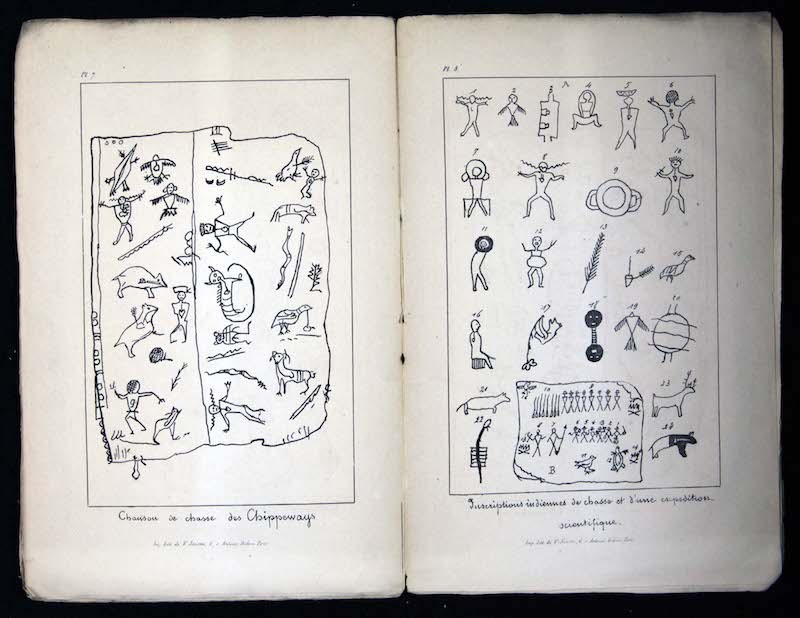
Figure 1. L’Abbé Em. Domenech, La Verité sure le Livre des Sauvages, (The Truth of the Book of Savages), Paris: E. Dentu 1864
E98.P6 D7
Human sign-making takes many forms and is considered writing when it has a strong correlation to language. Characterization of non-western cultures as “savage” or “primitive” continued well into the 20th century ↩

Figure 2. Thomas Astle, The Origin and Progress of Writing, London, 1784
*Z40. A85 1784
17th and 18th century scholars were fascinated by Chinese characters and speculated on the metaphoric and figurative forms of their origins. ↩

Figure 3. Joseph Hager, An Explanation of the Elementary Characters of the Chinese with an Analysis of their Ancient Symbols and Hieroglyphics, London: Richard Phillips, 1801
PL1171 .H122e
The association of Chinese characters and hieroglyphics has no grounding in historical or linguistic fact, but reflects a common feature of speculations on each of these writing systems as fundamentally pictorial. ↩
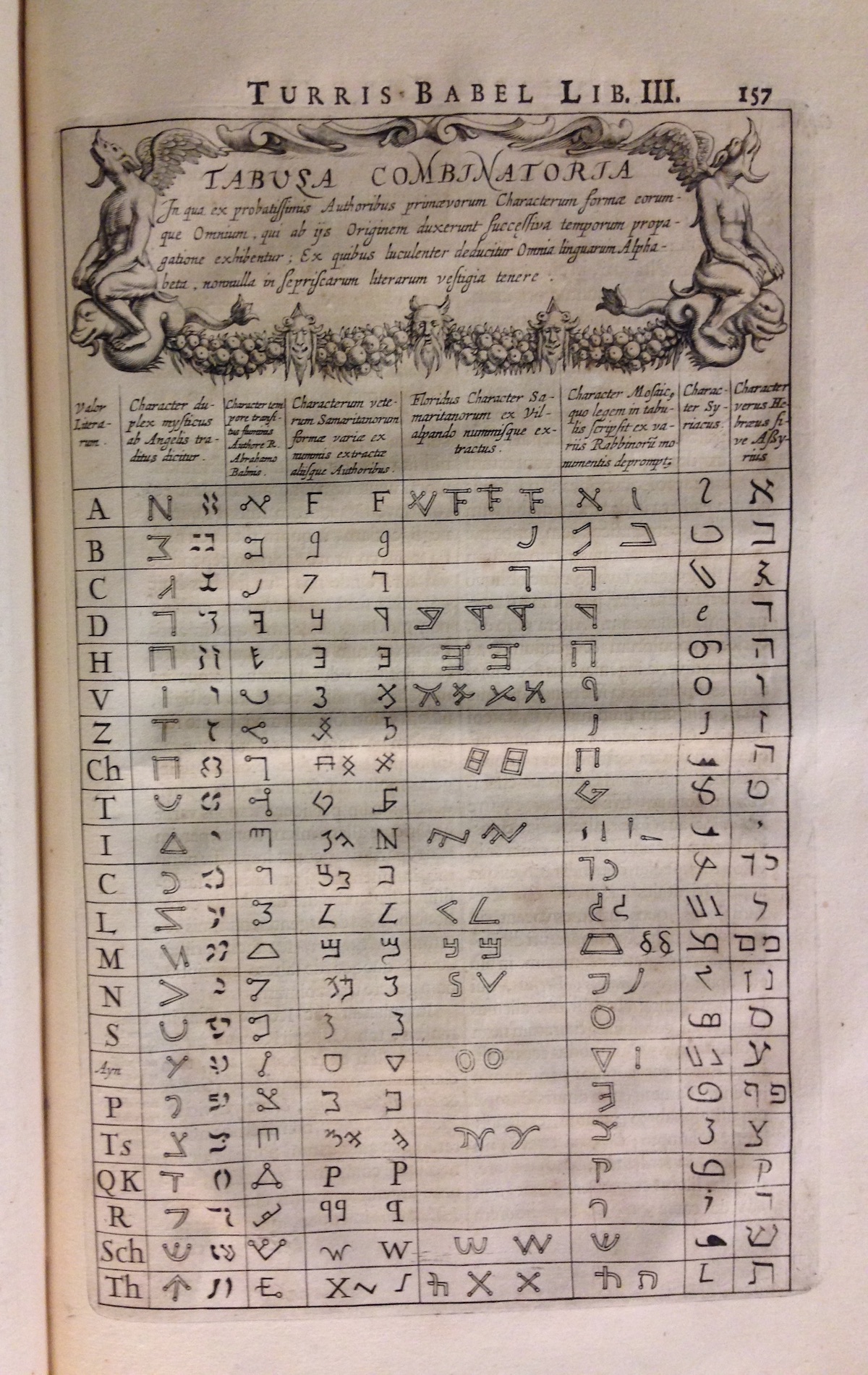
Figure 4. Athanasius Kircher, Turris Babel Rome: 1679
*DS56 .K63t
The Biblical account of the confusion of human tongues after the fall of the Tower of Babel was used to as an explanation for the multiplicity of human languages well into the Renaissance. Attempts to find a single, pre-Babel, original language and writing led to considerable speculation. In the table shown here, Athanasius Kircher attempted to show the correlation of various early versions of the alphabet. ↩
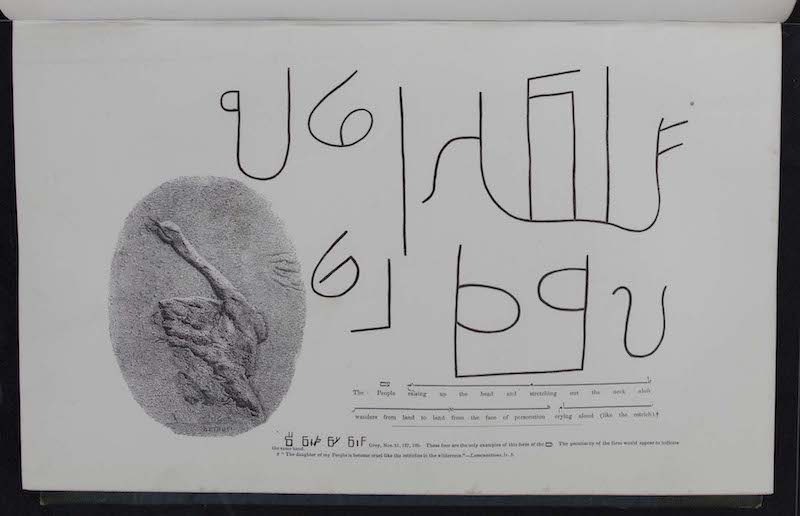
Figure 5. Charles Forster, Sinai Photographed, London: R. Bentley, 1862
TR16.7 .F774s
Nineteenth century archaeologists and travelers made detailed observations of inscriptions in the ancient Near East. Searching for proof of biblical history, they often identified the translations with passages of old testament texts. Here a drawing of an inscription, a motif, and a set of translations reflects a scientific approach to systematic study, with each component clearly presented and connected. ↩
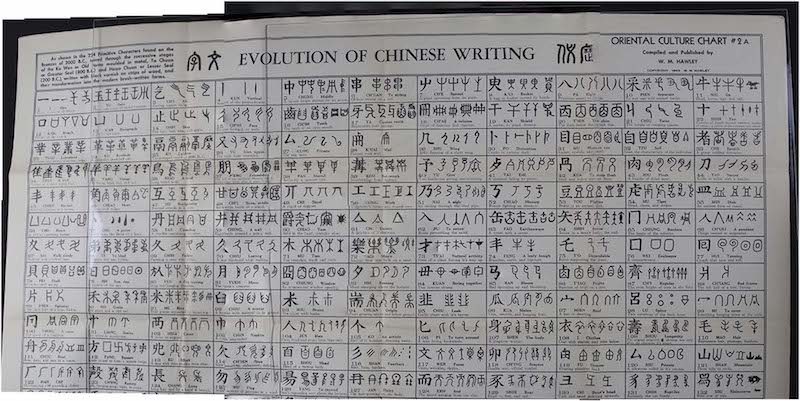
Figure 6. W.M. Hawley, Evolution of Chinese Writing
PL1171 .H31e
Hawley’s impressive chart provides a condensed view of the evolution of common Chinese characters from pictographic to calligraphic form. ↩
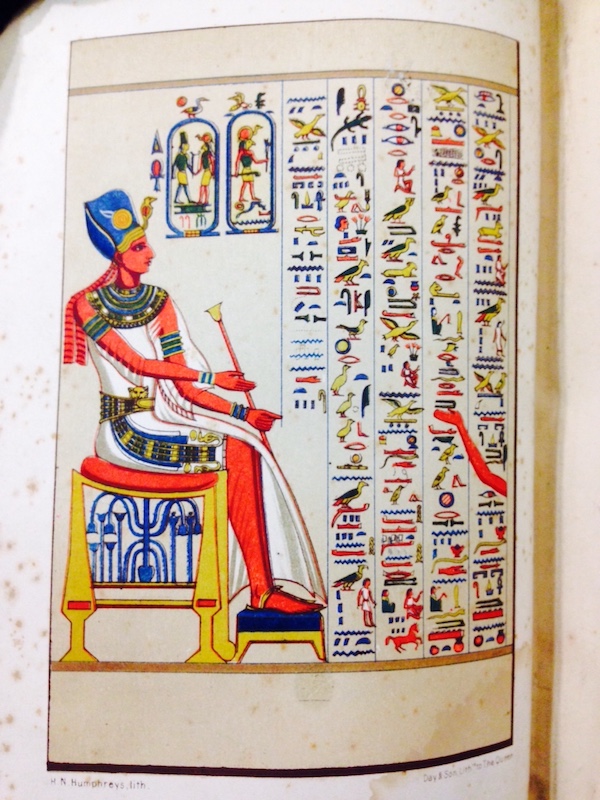
Figure 7. Henry Noel Humphreys, The Origin and Progress of the Art of Writing, London: Ingram, Cooke, 1853.
Z105. H86o
Facsimile reproduction made an enormous improvement in the 19th century with the use of chromolithography. This reproduction of a page of the Egyptian Book of the Dead is still vivid, and its brilliant color and careful drawing present a faithful copy. ↩
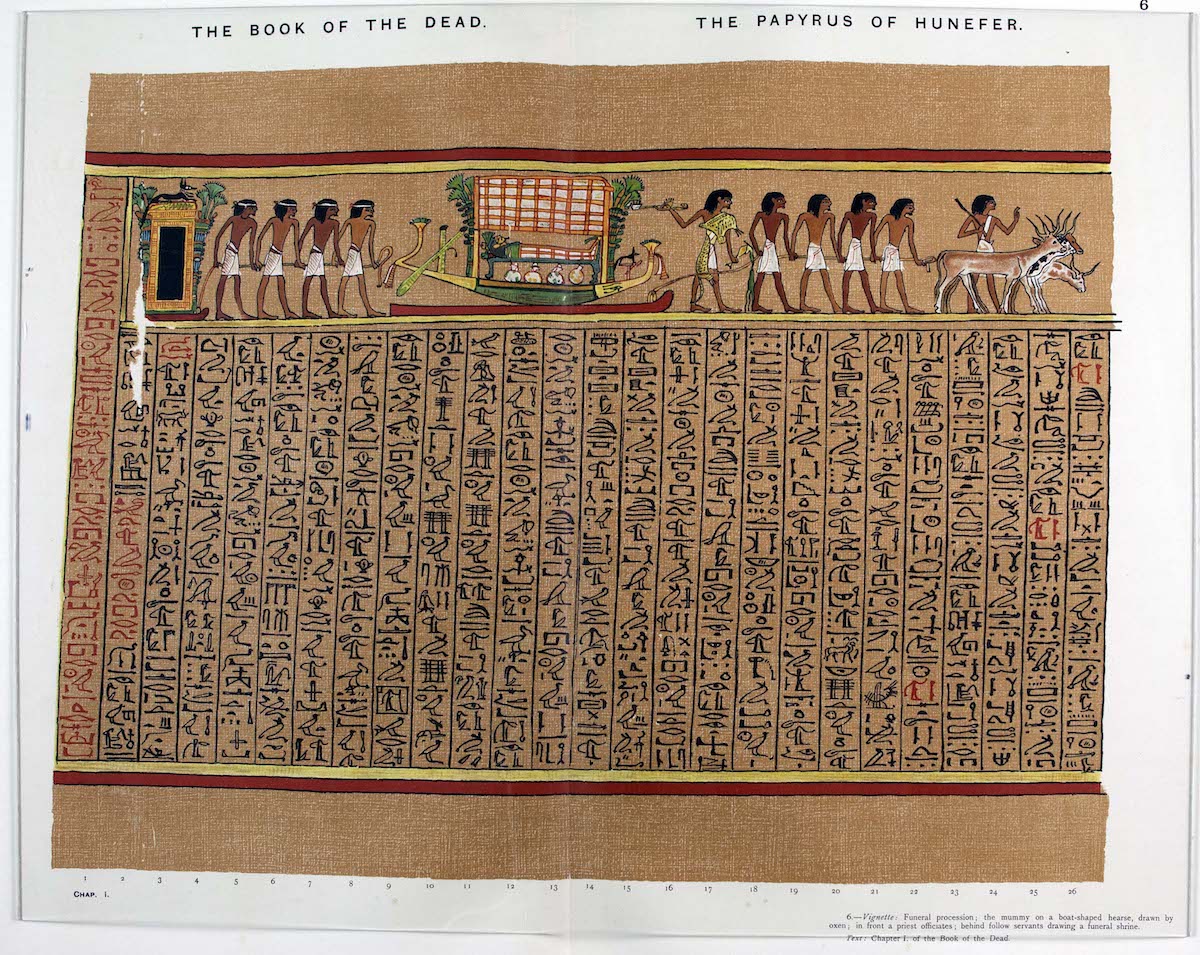
Figure 8. E.A. Wallis Budge, The Book of the Dead, London: British Museum Trustees, 1899
PJ1555 .A3 1899
This authoritative study by a premier Egyptologist was accompanied by even richer illustrations than those of Humphreys. ↩
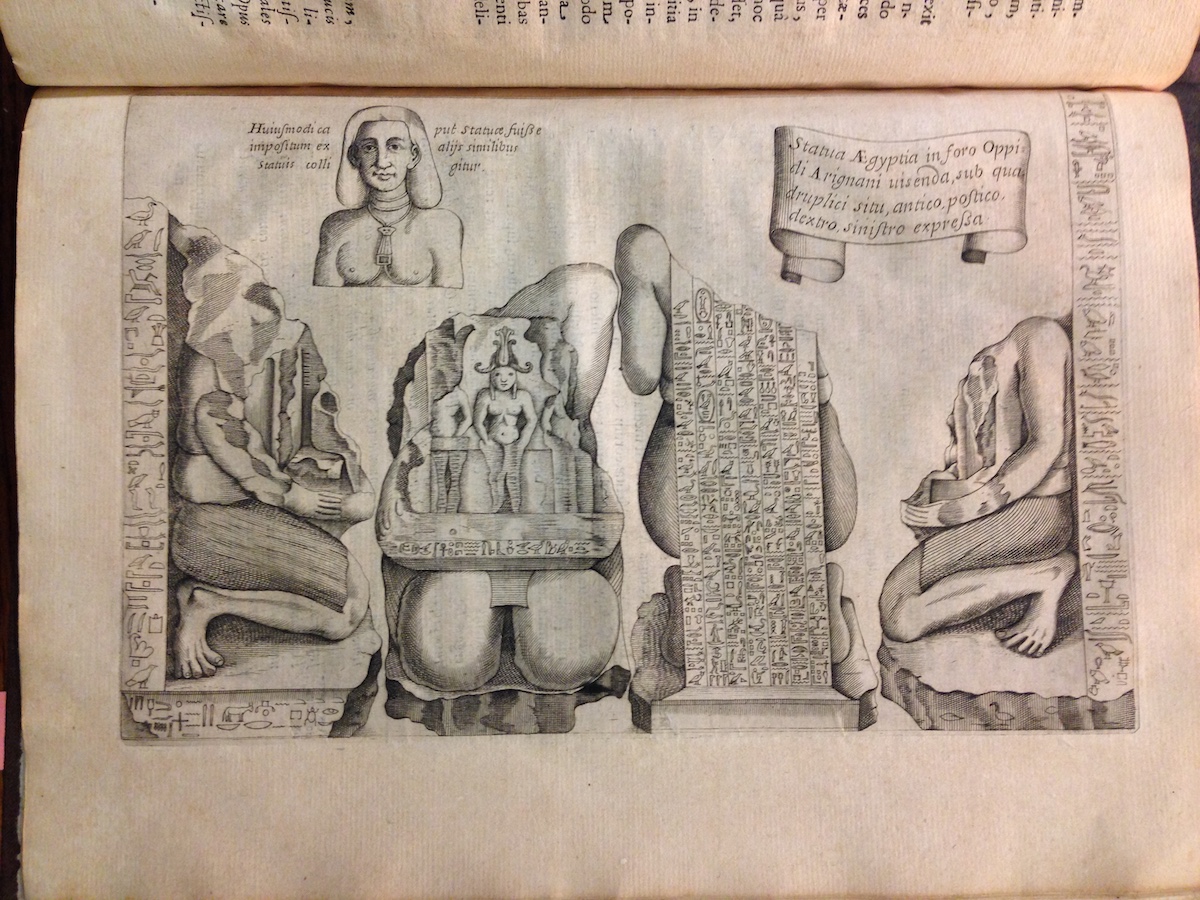
Figure 9. Athanasius Kircher, Oedipus Aegyptiacus Rome, 1652-54
Or Prodromus coptus? PJ2023 .K63p OR *PJ1093 .K63o Obleisci aegyptiaci
The 17th century Jesuit polymath mentioned above, Athanasius Kircher, was also an avid scholar of hieroglyphics and believed they communicated meaning directly to the eye through figurative imagery. This misconception prevailed until the decipherment of hieroglyphics in the early 19th century. ↩
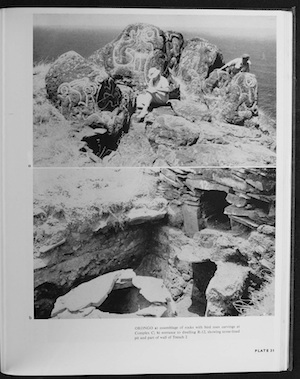
Figure 10. Thor Heyerdahl and Edwin N. Ferdon, Archaeology of Easter Island, Monographs of the School of American Research and the Museum of New Mexico, Number 24, Part I; Santa Fe, NM; 1961
F3169 .N83 v.1
The rocks on Easter Island were inscribed with signs and glyphs, and an indigenous script, known as rongo-rongo, was found painted and incised on wood. The writing seems to have no known connection with other scripts and continues to resist translation. ↩
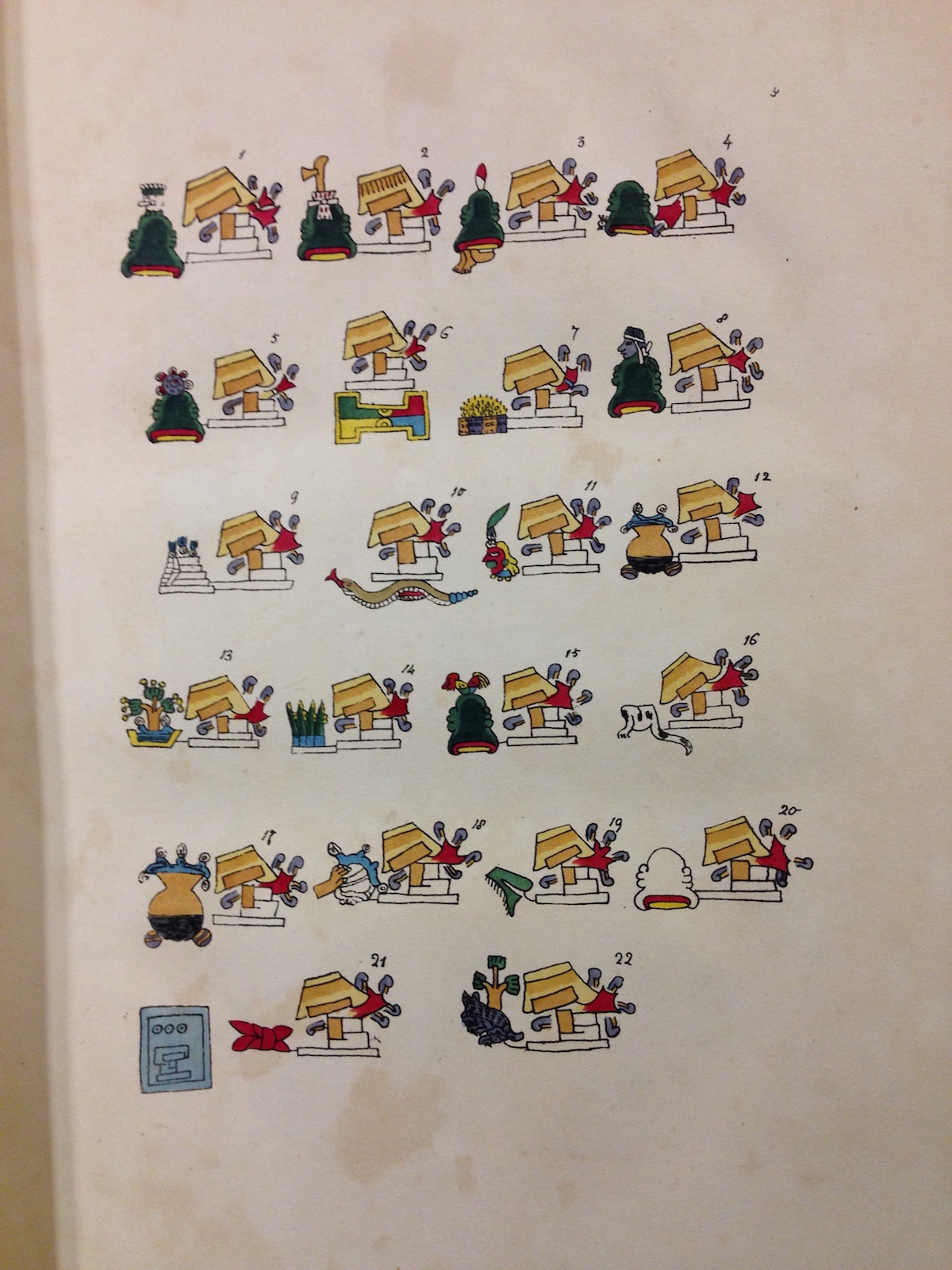
Figure 11. Edward King, Viscount of Kingsborough, Antiquities of Mexico, London: R. Havell, 1831-48
***F1219 .K61a
Kingsborough’s multi-volume work on Ancient Mexican codices and the Nahuatl language is an exhaustive and opulently produced study consisting of several volumes of hand-colored plates and other volumes of textual explanation. Agostino Aglio, responsible for the drawings, must have labored long and hard on these exquisite reproductions. ↩
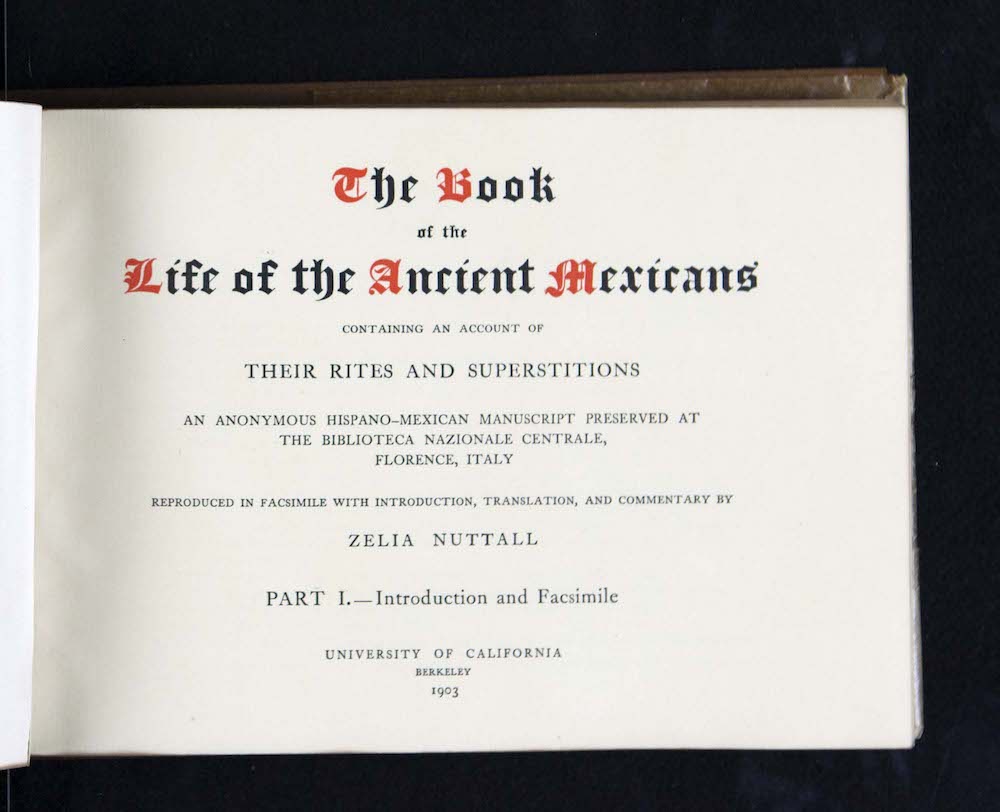
Figure 12. Zelia Nuttall, The Book of the Life of the Ancient Mexicans (Berkeley, CA: University of California, 1903)
F1219.C6318
This facsimile production of a work known as the “Magliabecchi manuscript” depicts the rites of the ancient Mexicans in considerable detail. Facsimile reproduction made these rare codices available for scholarly study or appreciation. ↩

Figure 13. Ernest Fenollosa, The Chinese Written Character as a Medium for Poetry, London: Stanley Nott, 1936
PN105.F35c 1936
This book makes a famous case for the pictographic immediacy of Chinese characters. The essay had an enormous influence on Ezra Pound and the formation of an “imagist” approach to modern poetry. ↩

Figure 14. Thomas Astle, The Origin and Progress of Writing, London, 1784
*Z40. A85 1784
The discovery of cuneiform did not lead immediately to its decipherment, but careful study of the curious wedge-shaped signs is evident in the skillful copy made of an ancient tablet. ↩

Figure 15. Lettera Apologetica dell Esercitato Accademico della Crusca Naples, 1750
PQ1986 .L56 Z5s
This work contains a renowned “Letter from a Peruvian” with elaborate details about the record-keeping systems in quipu. ↩
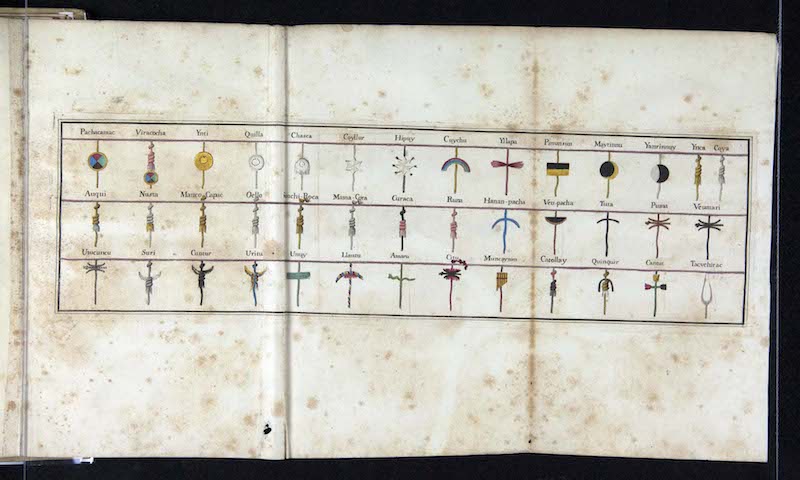
Figure 16. Lettera Apologetica dell Esercitato Accademico della Crusca Naples, 1750
PQ1986 .L56 Z5s
The detailed study of quipu knotting shows the elaborate methods by which strings of various colors were used to keep records of historical events and other matters. The sophistication of the quipu was recognized by a handful of Europeans in the colonial period, but not by all. ↩
All images are from book in the Charles E. Young Research Library at UCLA, unless otherwise noted.